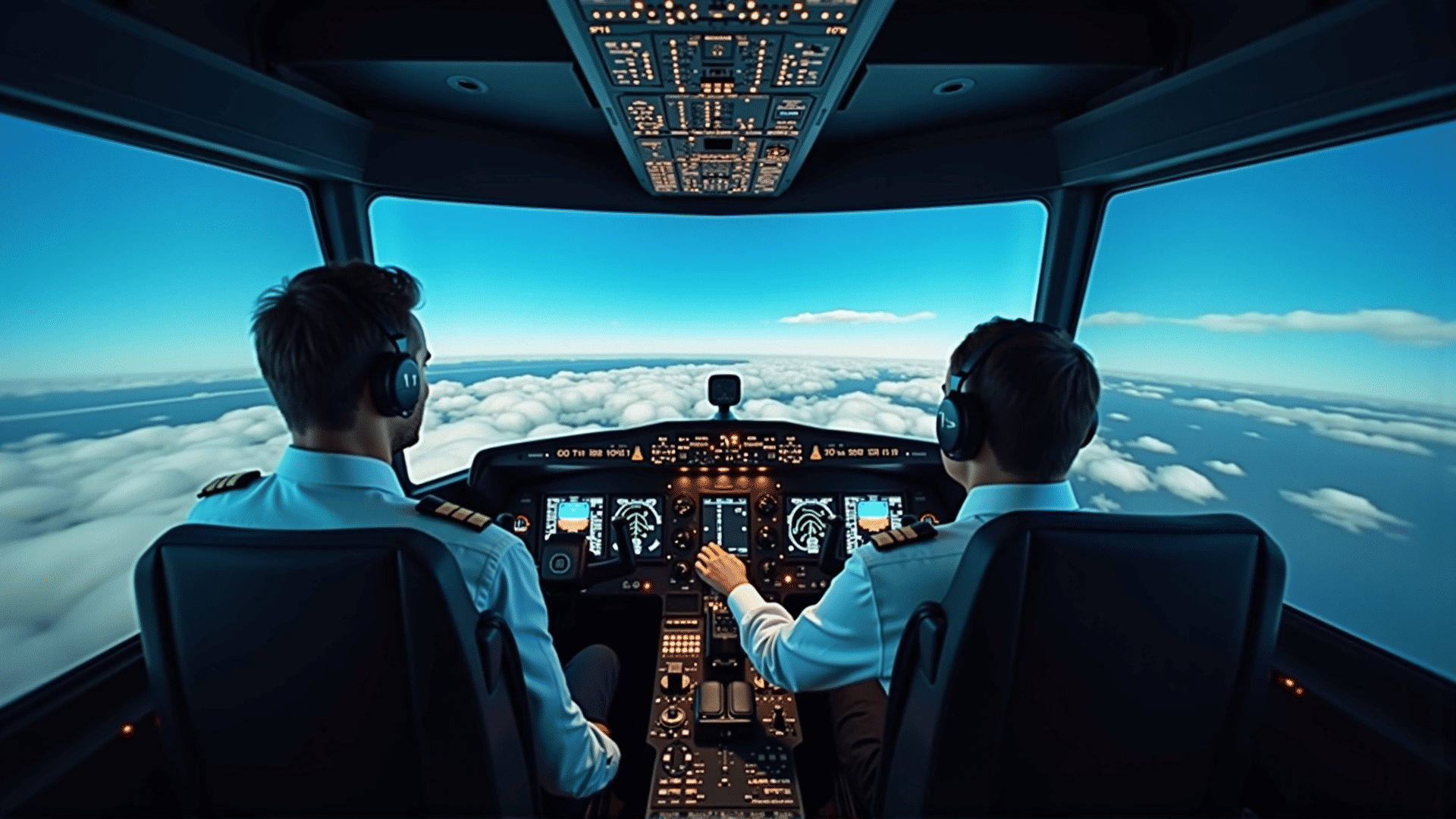In the ever-evolving world of simulation technology, state-of-the-art flight simulators have taken a giant leap forward, offering unprecedented realism and immersion. Today, aviation enthusiasts and trainee pilots alike can experience the thrill of flying without ever leaving the ground, thanks to these advanced systems.
Central to these cutting-edge simulators is their ability to replicate the authentic feeling of flight. High-definition visuals create stunningly realistic landscapes, from bustling cityscapes to serene mountain ranges, all meticulously rendered to the last detail. This visual precision is coupled with dynamic weather modeling, enabling users to navigate through various conditions, from bright sunny days to turbulent thunderstorms, adding layers of complexity and realism to the experience.
The realism is not confined to visuals alone. The latest simulators incorporate sophisticated motion platforms that mimic the physical sensations of flight. These systems replicate the vibrations, turbulence, and g-forces experienced during a flight, offering an unmatched level of immersion. Coupled with surround sound audio that replicates the hum of the engines and the rush of the wind, users are fully enveloped in a sensory-rich environment that feels remarkably authentic.
Beyond the sensory experience, these simulators offer comprehensive interactive controls that mirror those of a real aircraft. Trainee pilots can hone their skills by practicing takeoffs, landings, and in-flight maneuvers, closely replicating real-world scenarios. For seasoned pilots, it serves as an invaluable tool for refining skills and preparing for specific routes or airport layouts, all without the associated risks and costs of actual flight time.
Moreover, these state-of-the-art simulators are invaluable for aviation training programs. They provide a controlled environment where pilots can gain experience and confidence, enabling them to handle unexpected situations safely. This training capability ensures that pilots are well-prepared for real-life challenges, enhancing overall flight safety.
For aviation enthusiasts, these simulators offer a chance to step into the cockpit and experience the thrill of piloting an aircraft. Users can explore various aircraft models, from commercial airliners to sleek jets, each offering unique handling characteristics and challenges. This diversity enhances the educational aspect of the simulation, providing insights into different flying experiences.
Additionally, the integration of virtual reality (VR) technology has brought a new dimension to flight simulation. By wearing a VR headset, users can enjoy a fully immersive experience, with a 360-degree view that allows them to look around the cockpit and the surrounding skies, enhancing the sensation of being airborne.
The advancements in simulator technology not only provide a platform for training and entertainment but also represent a convergence of complex algorithms, engineering, and artistry. This fusion of technology and creativity continues to push the boundaries of what is possible, promising even more exciting developments in the future.
In conclusion, state-of-the-art flight simulators have redefined the boundaries of aviation simulation. Whether for training or leisure, these advanced systems offer an unparalleled experience that brings the dream of flight to everyone. As technology continues to advance, the gap between simulation and reality will only narrow, continually enhancing the flight simulation experience.
